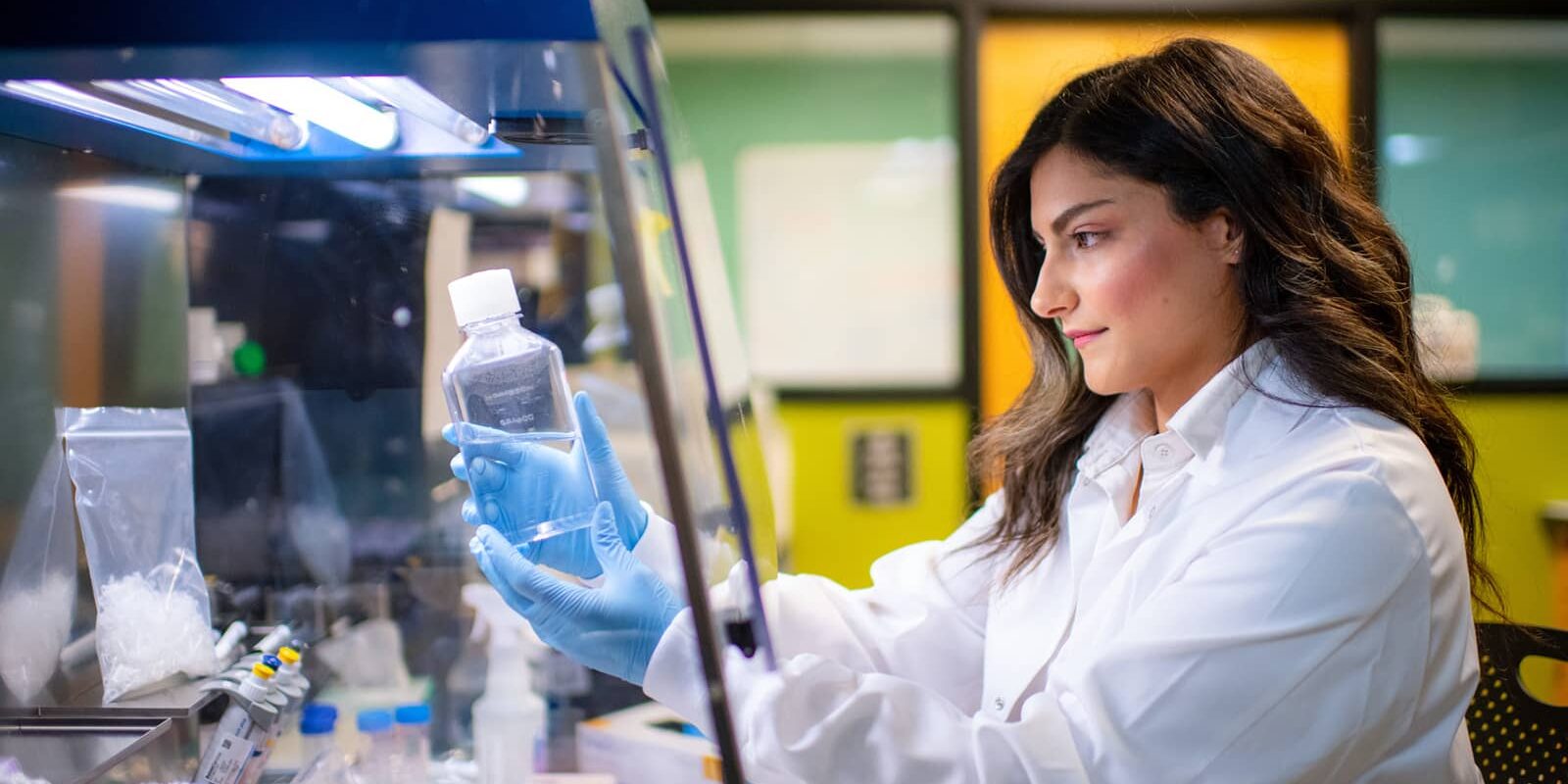A Gift from an IRA

With a gift from an IRA, a donor has a few options for making a powerful impact.
OPTION 1—an outright gift
This is a qualified charitable distribution you can make every year if you wish. You may find it appealing if you would like to make an immediate gift that counts toward your required minimum distribution (RMD). It works like this:
- IRA owners age 70½ or older can direct a transfer from an IRA directly to the UMass Foundation.
- The gift does not qualify for an income tax deduction, but any amount up to the annual aggregate limit ($108,000 in 2025) is tax free.
- The gift counts toward the donor’s RMD if one is due (generally, beginning at age 73).
- The gift has an immediate impact on UMass, and your client can make this gift every year if they choose.
OPTION 2—a life income gift
This one-time qualified charitable distribution lets you make a gift that counts toward your RMD and also creates a new income stream for retirement. It works like this:
- If you are an IRA owner age 70½ or older, you can direct a transfer from your IRA to create a new charitable gift annuity (CGA) or charitable remainder trust (CRT).
- The gift does not qualify for an income tax deduction, but any amount up to the limit ($54,000 in 2025) is tax free.
- The gift counts toward the donor’s RMD if one is due (generally, beginning at age 73).
- Spouses may contribute up to $54,000 each from their own IRAs into a single CRT or a joint-life CGA (which is helpful because most CRTs require a minimum of $100,000).
- Income payments may only go to the IRA owner and the owner’s spouse and are taxed at ordinary income tax rates.
- This is not an annual gift—your client may only use this option once.
Keep in mind that some of the rules and requirements differ if your client funds the CGA or CRT from an IRA.
OPTION 3—a charitable beneficiary designation
Your clients may prefer this option if they want to make a comfortable future gift that costs them nothing today. It works like this:
- At any age, your client can ask their IRA custodian for a change-of-beneficiary form.
- They can name the UMass Foundation as the sole beneficiary or percentage beneficiary.
- They pay nothing now and retain the right to change the gift if their needs and goals change.
- At their death, the UMass Foundation will receive the designated assets from their IRA.
Why should clients consider leaving retirement assets to charity?
Retirement account assets left to heirs are highly taxed—once in the estate and again as income to the beneficiaries. Stocks, bonds, mutual funds, and real estate are not subject to income tax when they transfer to heirs. By using IRA assets to make gifts and leaving other assets to family members, your clients minimize the income tax burden on their heirs, leaving more to their intended beneficiaries while meeting their charitable goals.
Evaluate the fit.
A gift from an IRA may be a particularly good option for clients to consider if they:
- Own an IRA and are age 70½ or older
- Want to avoid paying tax on a required minimum distribution you don’t need
- Want to establish a source of fixed income payments to supplement other income streams in retirement
- Are looking for a flexible, easy way to make a significant future gift
See how it works.
Example one. Pat, age 75, is required to take a taxable IRA distribution of $15,000 this year. Pat wants to support the UMass Foundation and decides to make a qualified charitable distribution, transferring $15,000 directly from the IRA to us. The transfer counts toward Pat’s RMD, satisfying the distribution requirement, but no tax is due on the distribution. The full amount of the transfer supports our mission—nothing is lost to taxes!
Example two. This year, Sam (age 75) makes a one-time, tax-free QCD of $53,000 to fund a charitable gift annuity with the UMass Foundation—an easy way to make a powerful impact on our work. Sam will receive an annual payment of $3,710 for life, and these payments are taxable each year. If Sam had decided to personally receive the $53,000 distribution this year instead of using it for a QCD, the full amount would have been currently taxable.
Consider the timing.
An outright gift from your IRA can usually be accomplished if you begin the process in early December. The one-time, life-income option may require a bit more time to set up the CGA or CRT. A beneficiary designation is quick and easy to make at any time.
The UMass Foundation can help.
We are happy to provide more information about any of these options. We will provide your clients with substantiation for any qualified charitable distributions. If your client makes a beneficiary designation, encourage them to let us know so we can thank them and ensure their gift will be utilized as intended.
